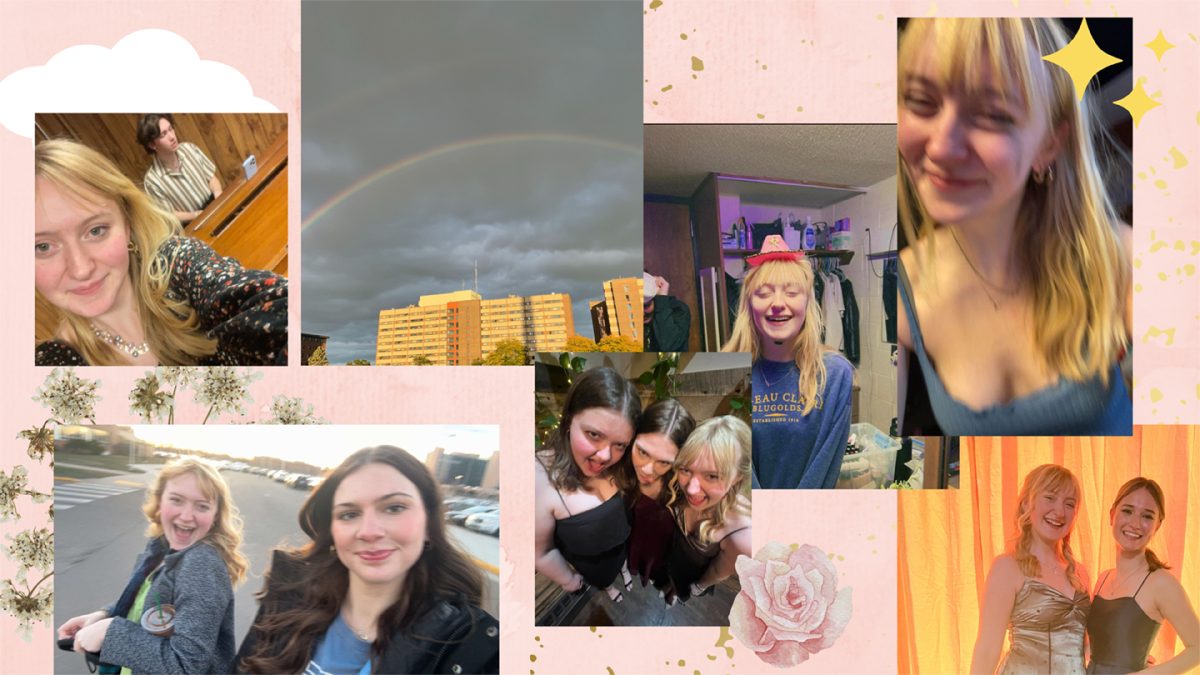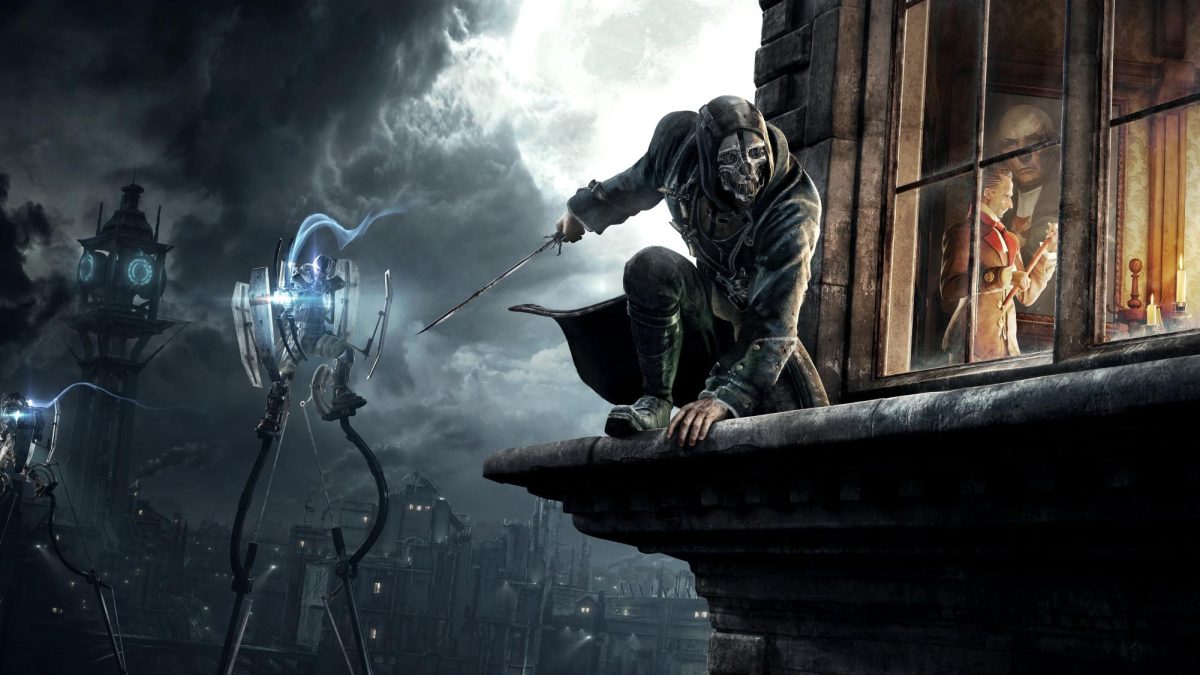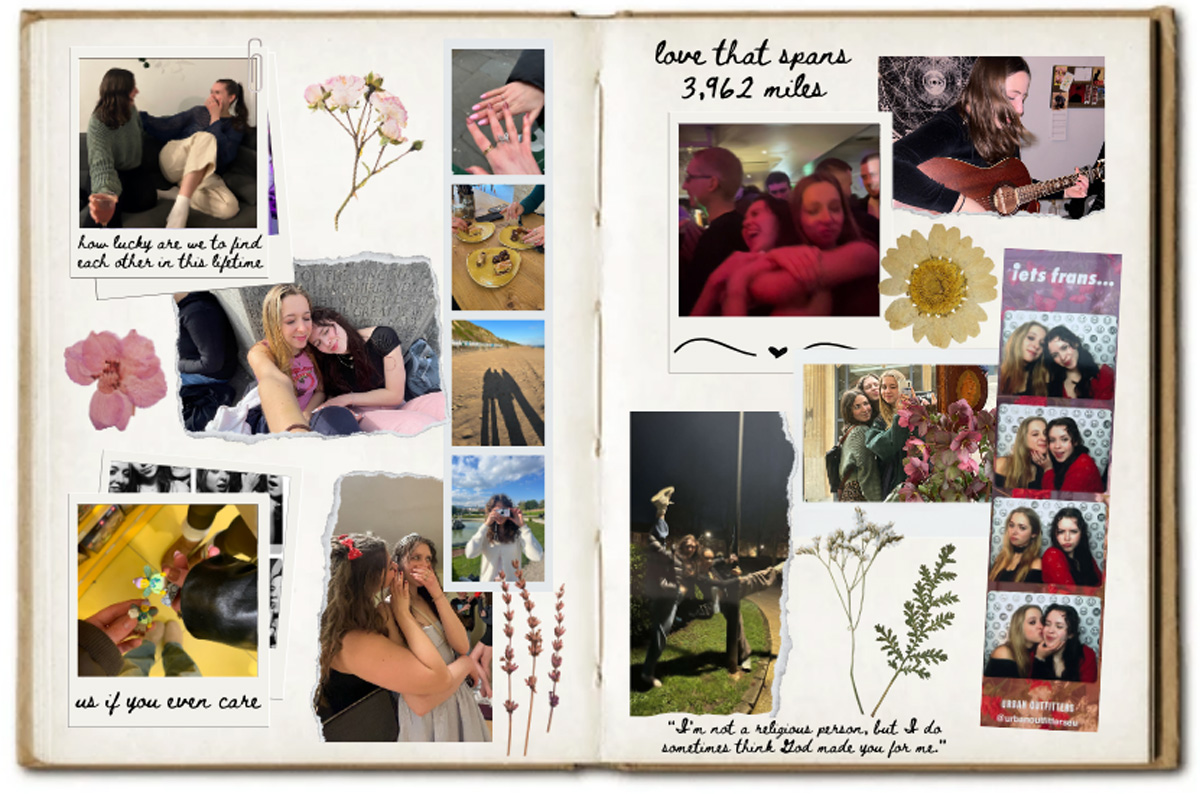 file photo
file photoNever being much for art or architecture, I have to admit when I recently saw the cathedral in Cologne, Germany I was amazed. Its two towers, generously adorned with intricate stonework and Christian symbols, reach toward the heavens as countless tourists venture inside, drawn by the cathedral’s artwork and numerous relics (which allegedly include the remains of The Three Wise Men).
As my mind raced to take in as much of the structure as possible, the distinctive gothic architecture transported me to the 13th century, when the church was a beacon of hope, as well as a dictator of knowledge and morality, to the masses.
| “In Europe, societies have … endured multiple bouts with cultural change.” |
I say momentarily because just as soon as this centuries-old culture came rushing into my mind it was interrupted by the exotic yet familiar beat and sexually explicit lyrics of 50 Cent’s “Candyshop.”
Looking around in surprise, I remembered that not only was I standing in a majestic 13th century cathedral, I was also standing amid the hustle and bustle of a busy train station strip mall.
My time in Cologne illustrated a theme I encountered throughout the next 10 days or so as my trip through Germany, Italy and Switzerland continued – the side-by-side existence of two very different segments of European culture.
On one end of the spectrum, I observed grand cathedrals, famous works of art and remnants of age-old cultures. On the other end, I watched as Europeans enjoyed the various facets of their own pop culture, some of it influenced by American trends in music and other forms of cultural expression, some of it distinctly original.
Walking through an underground train station in Rome, I watched as an aging Catholic nun journeyed through the tunnel, walking past a sexy lingerie advertisement. She didn’t even flinch.
A stroll through Rome revealed even more stark reminders of this dynamic.
Dodging speeding cars and navigating through throngs of tourists and businessmen moving in every direction, I might have missed structures like the Spanish Steps and the Pantheon had my group not been religiously referring to a travel book.
Later I visited Vatican City, the center of Catholic Christianity and the smallest sovereign nation in the world. Inside the walls, guards wearing puffy blue and gold uniforms with tights guarded the myriad tributes to Catholicism. Outside, a sea of merchandise engulfed me.
Could this really be the religious cradle of Western society? I felt like I’d taken a wrong turn and ended up in Disney World. Forget the Pope, let’s get a picture with Goofy.
Initially, I was shocked by the contrast between these two sides of European culture. Surely this dynamic was on a crash course with itself – how could such different forms of cultural expression co-exist?
Here in America there is a constant struggle between those who prefer to remain nostalgic and preserve our roots and those who would rather bulldoze it over in the name of progress. But as I continued to immerse myself into the various local cultures I encountered – which is hard when you travel through three different countries in 10 days – I began to understand.
In America the buildings, monuments and other remnants of our historical culture have only existed for a few hundred years at best. A 150-year-old farmhouse seems like a pretty big deal on that scale, even though it’s pretty insignificant in the whole scheme of American history. When you have a relatively short history it’s easy to feel like your future is swallowing it up.
In Europe, societies have existed for several centuries, enduring multiple bouts with cultural change.
For Europeans, history and popular culture do not counteract each other; they complement each other, forming a rich culture that celebrates the accomplishments of Western society as time marches on.
I was in a student bar in Germany when I talked to an Italian student who I think, in hindsight, summed it up pretty well as he told me what to expect of my upcoming trip to Rome.
“The Pantheon is amazing, there is so much history in that one building,” he told me, grinning with pride as he yelled over the strains of Michael Jackson’s “Billie Jean.” “So are you guys going to party in any clubs while you’re in Rome?”






